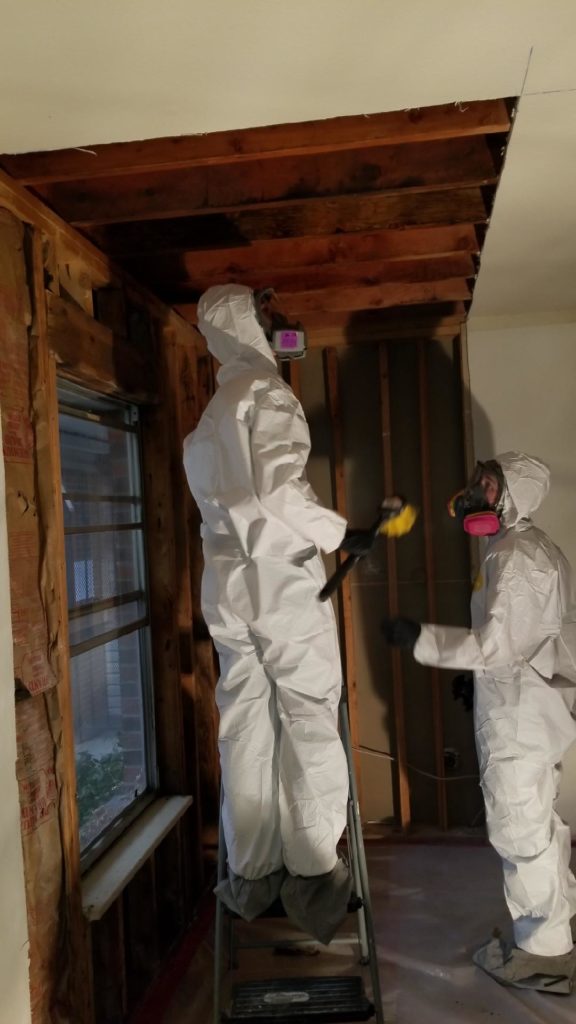Most people know that mold can be a big problem. It poses serious health risks when left unchecked and can also cause your property’s value to drop significantly. But did you know that there are many different kinds of mold and that some are more dangerous than others?
The four most common molds
Alternaria – Typically gray or black in appearance, this common outdoor mold can also be found running rampant inside homes and businesses. Water damage is one of the most common causes. Leaky taps and dampness from inadequate ventilation can also lead to Alternaria infestations. This type of mold can easily trigger allergies.
Aspergillus – This prevalent indoor mold can range from black to white. It can also be yellow or reddish in color. It loves to grow in dark, damp places within the home and can lead to acute respiratory problems if left untreated.
Cladosporium – If your mold has a dark green to black appearance and seems powdery, you could be dealing with Cladosporium. It prefers porous surfaces like carpet, upholstery, wood, and paper. Breathing in these spores can bring about many health problems.
Penicillium – This common mold grows and spreads fast. It’s usually green, blue, or white in color, and often has a dense texture like suede or velvet. We can be grateful to this mold for giving us the antibiotic Penicillin, but we don’t want it growing in our homes. Several harmful infections can result.
Other types of mold
Aureobasidium – A common outdoor mold that also colonizes porous surfaces inside homes. It can appear black or even pink and causes allergic reactions in many people.
Botrytis – This is another mold you don’t want around, but if you have damp and poorly ventilated areas, Botrytis might make an appearance.
Chaetomium – This strong-smelling mold like to cover areas that have recently seen water damage from flooding or leaky pipes.
Fusarium – Fabrics and upholstery that have seen water damage will often attract this type of mold. It doesn’t mind cooler environments, either.
Stachybotrys chartarum – This sneaky, slimy mold often appears black and wet. When you hear people talk about toxic or black mold, they’re probably referring to Stachybotrys chartarum. The long list of physical and mental health problems associated with this mold means you don’t want to take any chances with it.
Serpula lacrymans – If you see a yellowish mold growing on wood, it could well be Serpula lacrymans.
Trichoderma – This is another dangerous mold that likes to grow on wet or damp indoor surfaces. The mycotoxins produced by this mold are extremely unhealthy to breathe in.
Ulocladium – This is a water-loving mold that usually appears where excessive water or flooding is present. It usually looks gray, brown, or black and causes allergic reactions in some people.
How to know for certain
As you can see, mold comes in many types, colors, and textures. Some molds are only mildly toxic, while others pose more serious risks. How can you really know what type of mold you’re dealing with? With experience, the appearance and smell of the mold can allow you to narrow it down. But if you’ve got a mold problem, professional mold testing in a lab is the only way to know for sure.
Our goal is to help inform and educate you about the mold problems you may face. Please feel free to leave questions and comments below.


